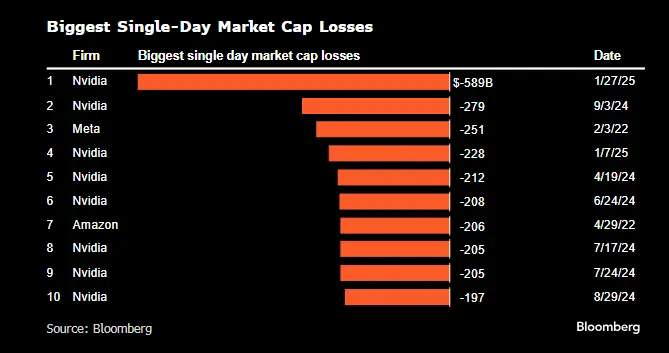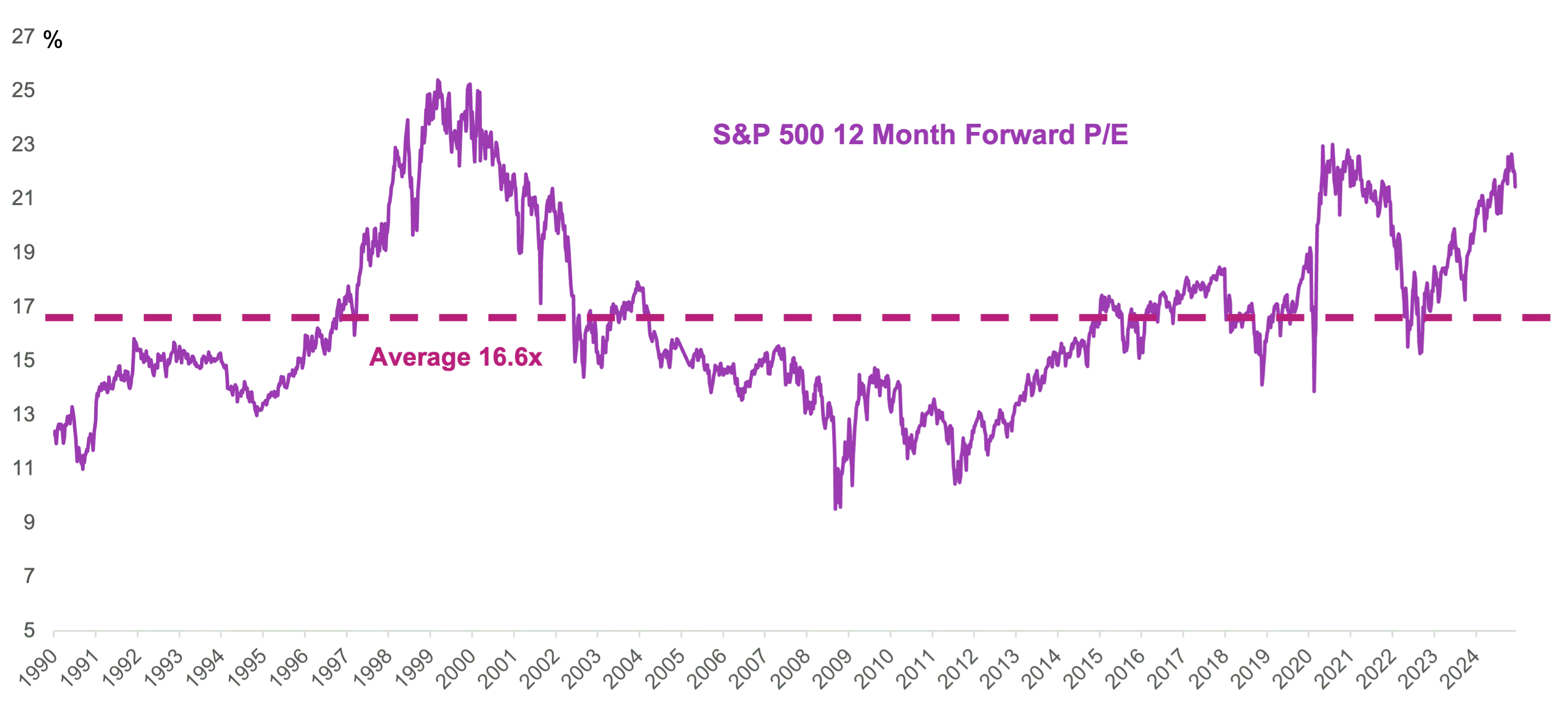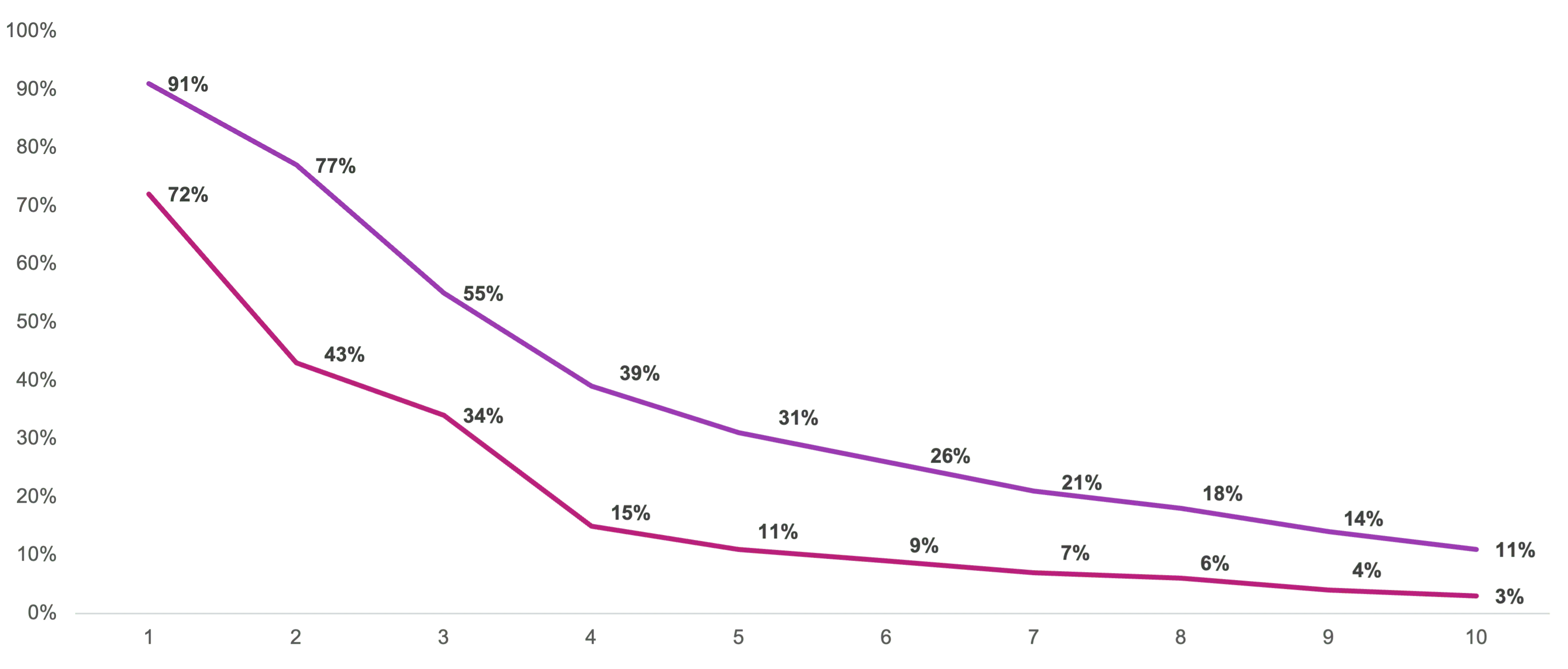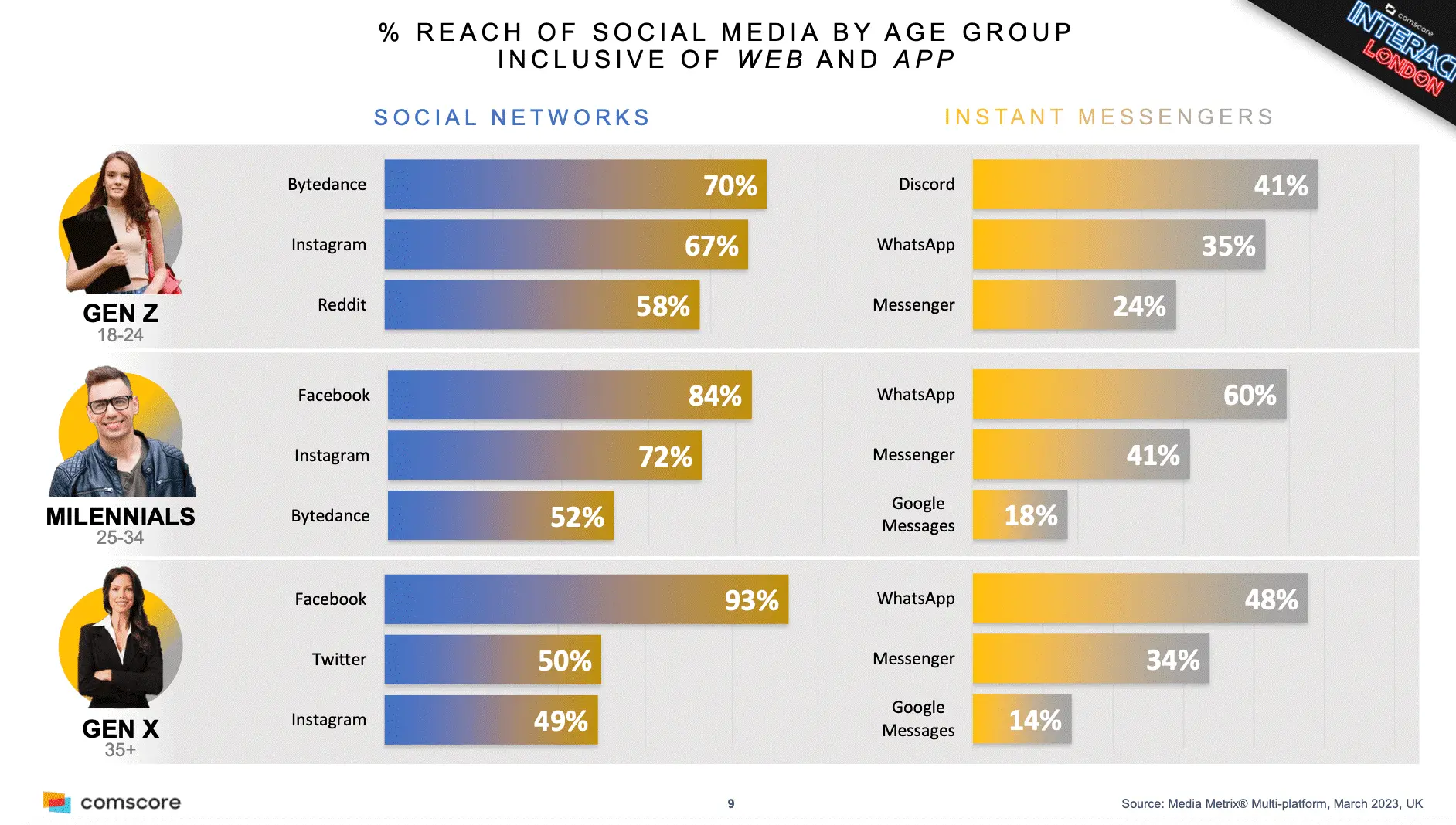
AI, Nvidia and the US market. It'll take more than one bad day
Yesterday was the worst ever day for a single company, with Nvidia seeing more than half a trillion dollars wiped off its value.

In general, one-day moves in single stocks (or indeed markets in general) are something we try not to get overly excited about.
As the chart above shows, we’ve been here before. Nvidia has lost value suddenly, then managed to claw it back.
BUT, as those who have been with us for a while know, this susceptibility of the US stock market to just a few giant companies is something we have been concerned about for a couple of years…
When just a few stocks power a market upwards, they can quite quickly take it back down again.
The S&P 500 is currently valued way higher than its long term average (on almost every metric), almost at levels seen in the early 2000s and the Tech Bubble:

Source: Factset. Past performance is not a guide to future returns
However, valuation metrics aren’t perfect timing indicators – the market can remain expensive for long periods of time. But abnormally high valuations do create the conditions for instability; confidence only needs a little knock for investors to shift from worry to panic.
Earnings and sales are in a similar predicament. If companies don’t deliver on outsized expectations, than can be the spark needed to ignite a sell-off.
Currently, for the likes of Amazon, and Nvidia, and Google, and Meta, revenue growth is exceptional. But exceptions don’t last forever. Constantly delivering 20% (or even 10%) annual growth in sales is harder and harder to do as time goes on:
Share of unique S&P 500 companies with fast sales growth for consecutive years (1985-now)

Source: Factset/7IM
And it’s never clear ahead of time what the catalyst will be for those numbers to disappoint. It could be an upstart competitor (like DeepSeek). It could be competition with another giant for the same slice of pie. It could be regulation from governments. It could just be that there’s no growth left (“Younger generations don’t use Facebook” – see below).

For 7IM, we believe in diversification. And with that hat on, it does not feel like prudent risk management to have nearly 40% of an allocation held in just 7 tech stocks.
Instead, we prefer an equally weighted S&P 500 to take the majority of our exposure. Simply put, if you have £500 invested in the S&P 500, it puts £1 in each company, rather than the £35 you’d have had in Nvidia yesterday (now worth a bit less …).
This allows us some protection on the downside if these “scary” events take place, but also provides upside potential when the markets do rotate away from concentration and broaden out – as we’re allocating to smaller, nimbler businesses.
As always, please do get in touch with Investment Solutions if you need any support!
More from 7IM




